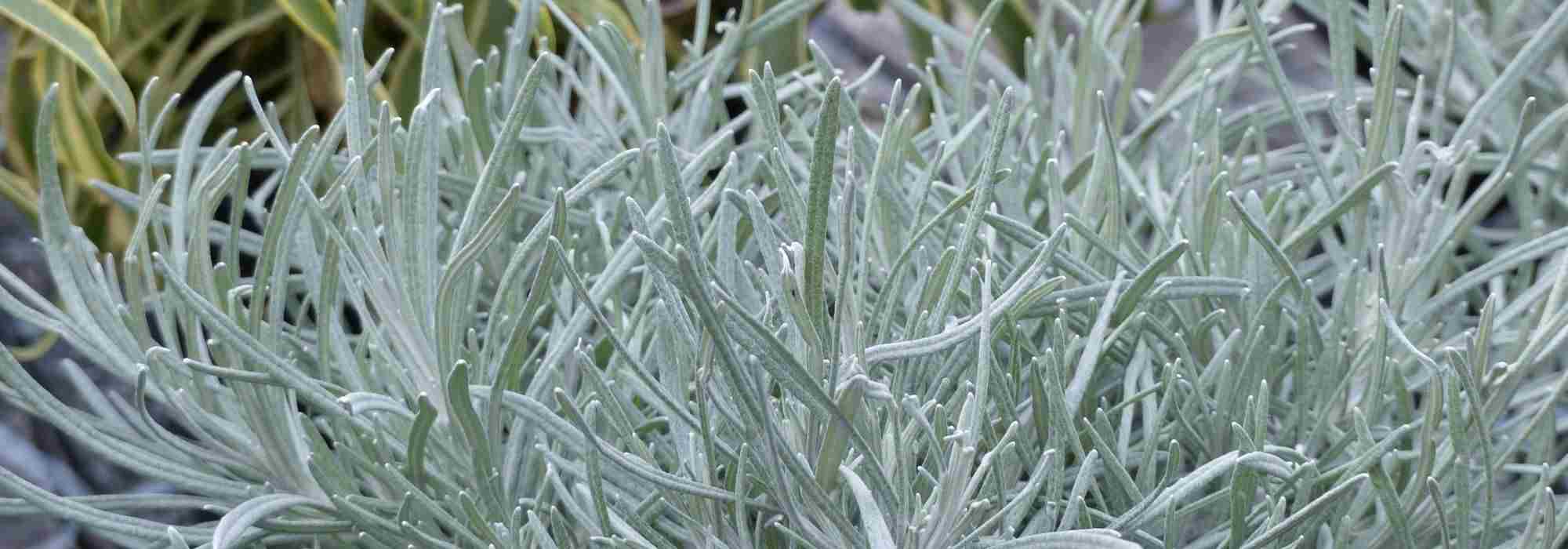
How to prune Helichrysum?
Best times, necessary equipment and techniques to properly prune curry plant
Contents
Helichrysum or immortelle is a bushy Mediterranean perennial plant, much prized for the intense curry scent released by its foliage. It is this spicy aroma that has earned it other nicknames of “curry plant” or “curry herb”.
Like most small shrubs, Helichrysum requires little maintenance: after its attractive golden-yellow flowering in late summer, then in late winter, a simple pruning will help restart its growth so you can better enjoy its attractive foliage.
Discover steps to take and equipment needed to successfully prune curry plant!
Why prune Helichrysum?
Helichrysum flowers without maintenance from late spring, in June, until first frosts in late autumn.
Unlike other aromatic plants, such as mint or lemon balm, Helichrysum is not pruned by hard cutting back, cutting all aerial parts down to ground level so that the plant regrows entirely from the base the following spring.
As with lavender, with which it shares many characteristics, we recommend carrying out maintenance pruning, even though the plant’s growth is fairly slow.
If not essential to the plant’s survival, these prunings will allow the shrub to:
- maintain an attractive compact, dense habit
- encourage regrowth the following spring
- avoid lignification over time, when part of the plant changes its structure, shifting from a “green” state to a “solid” state as it turns into wood.
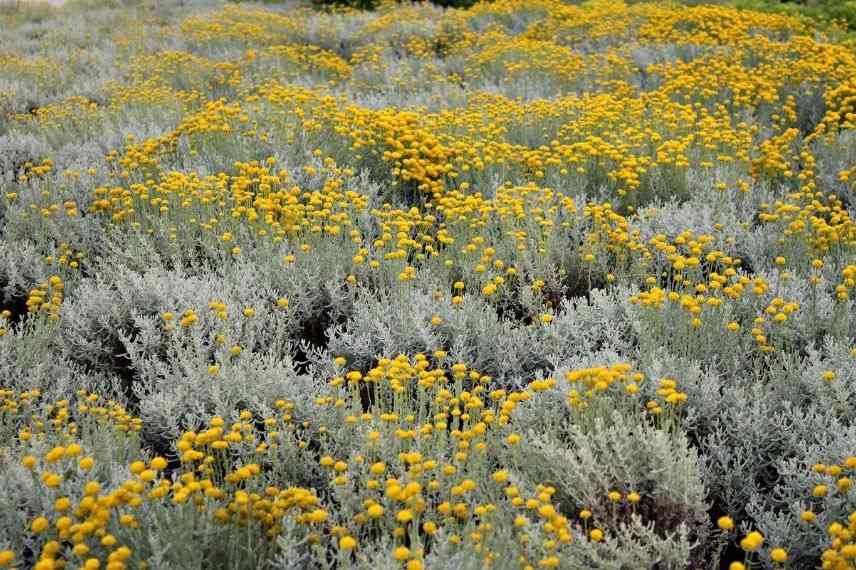
Helichrysum in flower with erect, dense shoots.
When to prune Helichrysum?
We distinguish two pruning periods for Helichrysum:
- late-summer pruning, after flowering
- late-winter pruning, to stimulate growth and future flowering
Pruning is practised on both potted specimens and those grown in open ground.
Discover other Helichrysum
View all →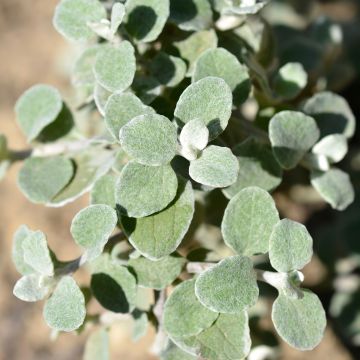
Available in 2 sizes
Available in 2 sizes
Available in 1 sizes
Available in 1 sizes
Available in 1 sizes
Available in 1 sizes
Available in 1 sizes
Available in 1 sizes
Available in 2 sizes
Available in 1 sizes
Which varieties are affected?
Different plants of Mediterranean origin are grouped under the name Helichrysum or Immortelles.
There are a few annual Helichrysum varieties, the Immortelles with bracts (Helichrysum bracteatum), whose life cycle lasts one year but which generally self-seed.
Of course, it is the perennial Helichrysum varieties for which pruning is strongly recommended.
Among them are :
- one of the best-known and most used, Helichrysum italicum, also called Italian helichrysum or Corsican Immortelle, from which essential oils are extracted
- Helichrysum stoechas or dune Immortelle
- Helichrysum thianschanicum
- Helichrysum Korma
- Helichrysum arenarium
- Helichrysum petiolare
- etc.
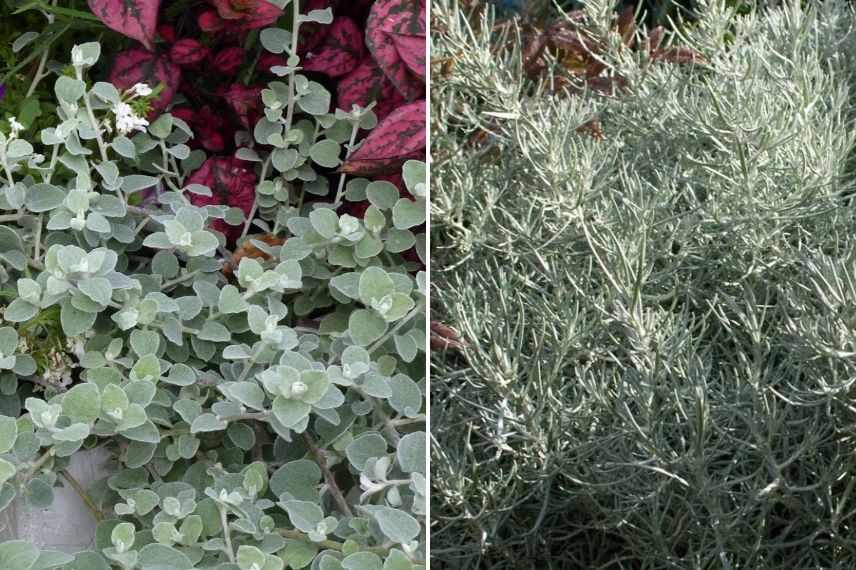
Helichrysum petiolare ‘Silver’ and Helichrysum italicum
Read also
Garden tools: essentialsBest practices for pruning Helichrysum
Necessary equipment
Simply equip yourself with a pruning shear that is well sharpened and cleaned beforehand with alcohol or white vinegar to avoid any risk of disease transmission, and a pair of gloves to start pruning a young curry plant.
For a shrub several years old and larger, use a shear or a hedge trimmer.
Summer pruning
Each year, after flowering, carry out a cleaning prune by cutting back all flower stems (flowering stems) and removing spent flowers.
This pruning prevents plant from exhausting itself and wasting energy producing seeds.
Take the opportunity to make dried bouquets, which will last a long time, or to add the flowers to a potpourri fragrant enough to fill your home with scent.
End-of-winter pruning
At end of winter, once last frosts have passed and before growth resumes (February to April, depending on region), a more severe maintenance pruning will remove dead wood, eliminate dry branches and prevent plant from becoming bare.
Shorten new shoots of the year by removing about half their length so bush remains round, compact and dense.
This action will also promote branching and the emergence of new shoots, preventing shrub from tending to become bare as it gradually becomes woody and produces old wood.
On older specimens, thin out twigs that tend to tangle, are too old or no longer develop.
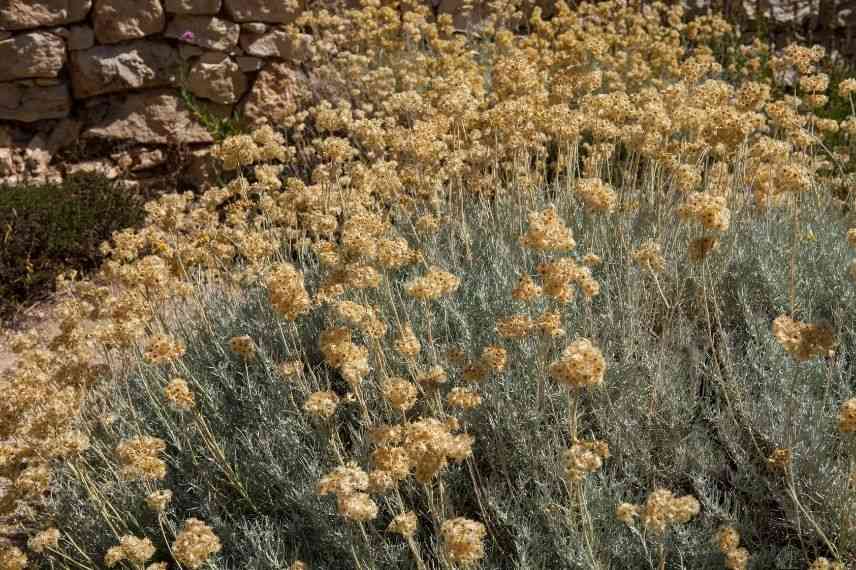
After flowering, Helichrysum requires pruning of spent stems
- Subscribe!
- Contents
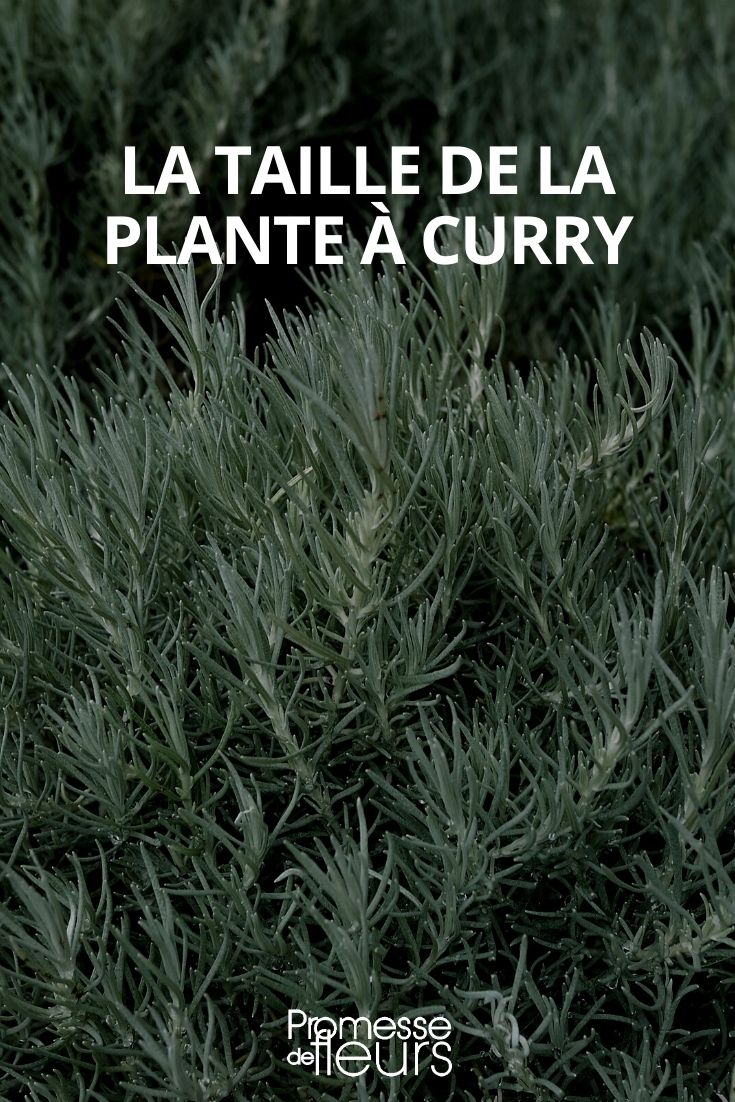































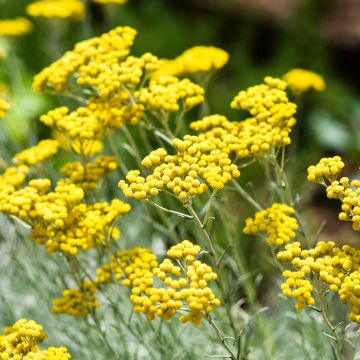
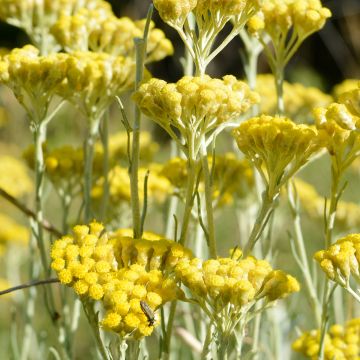
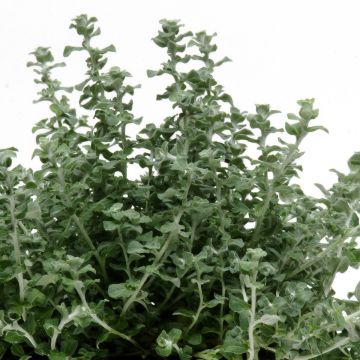
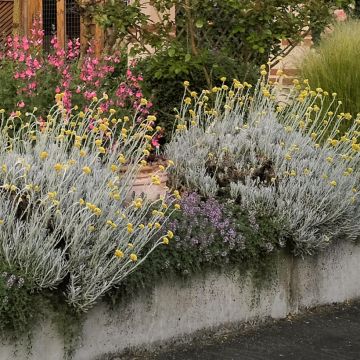
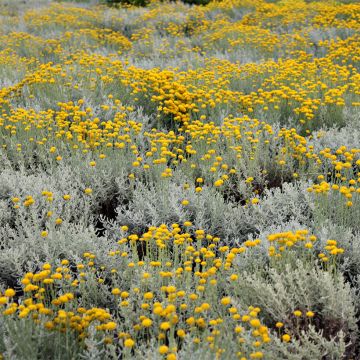

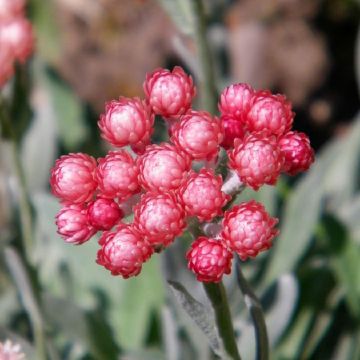
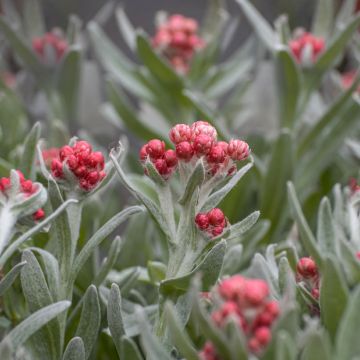
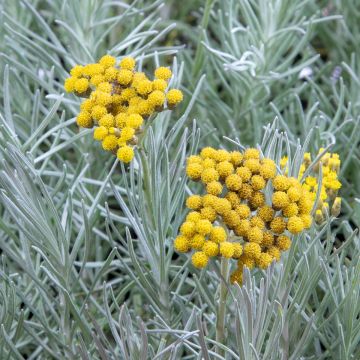
Comments